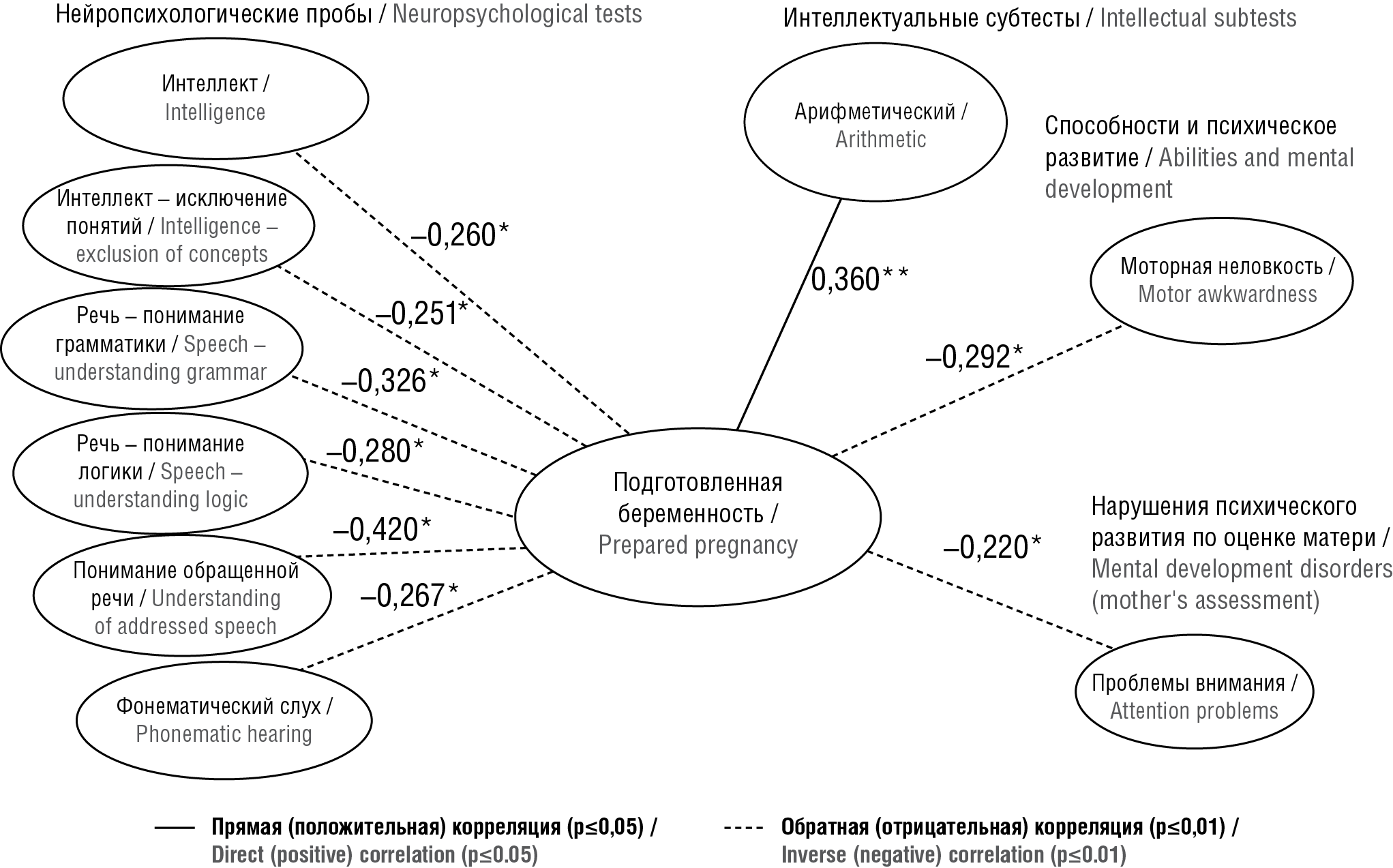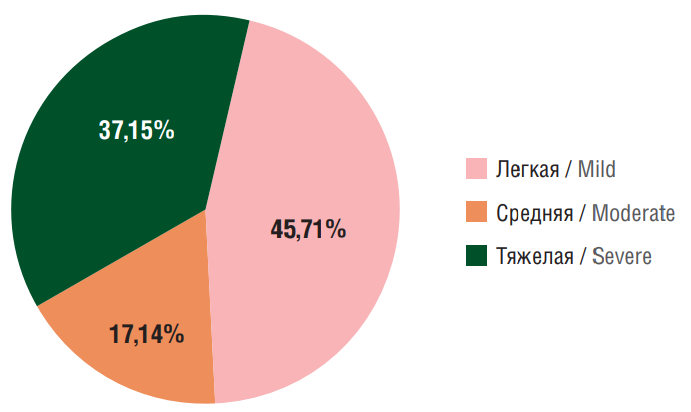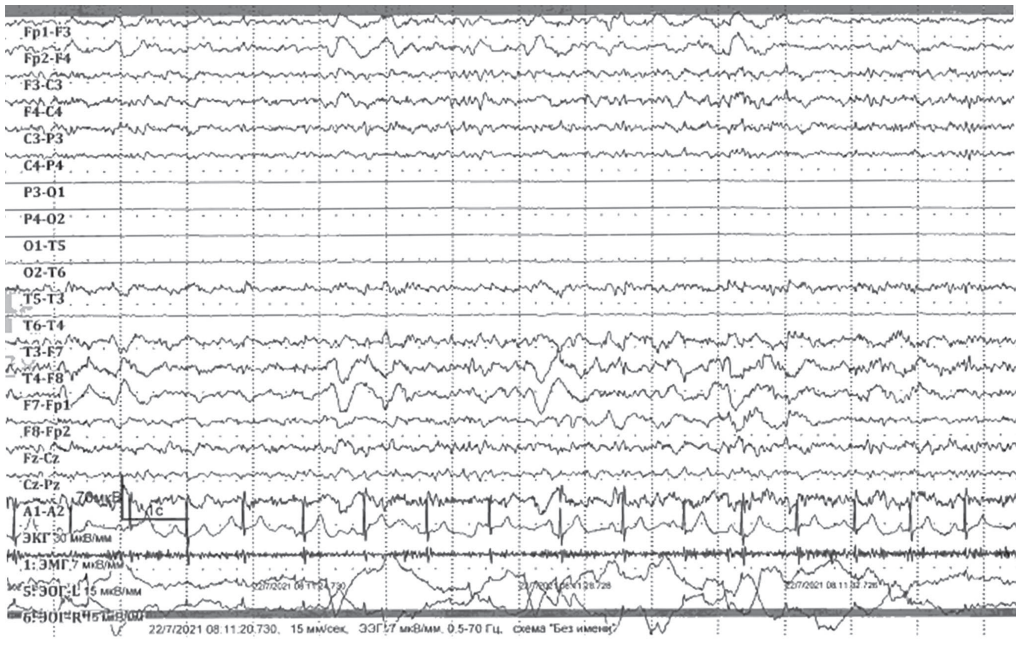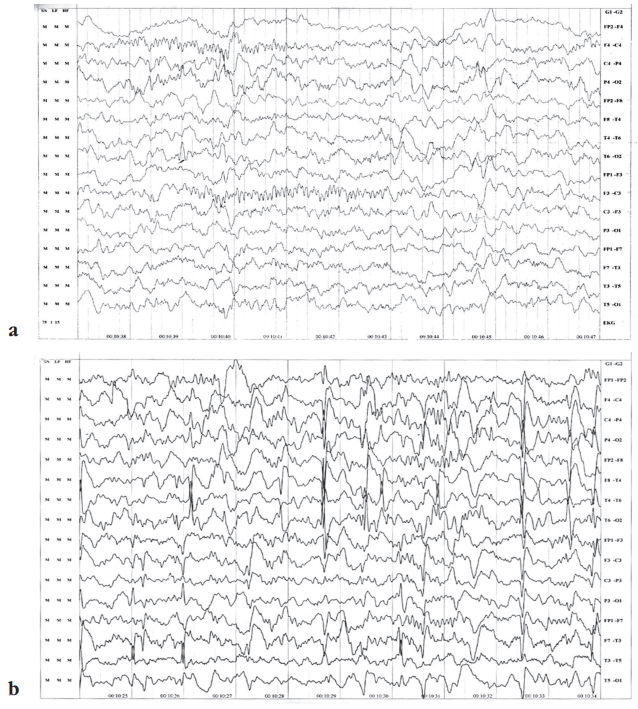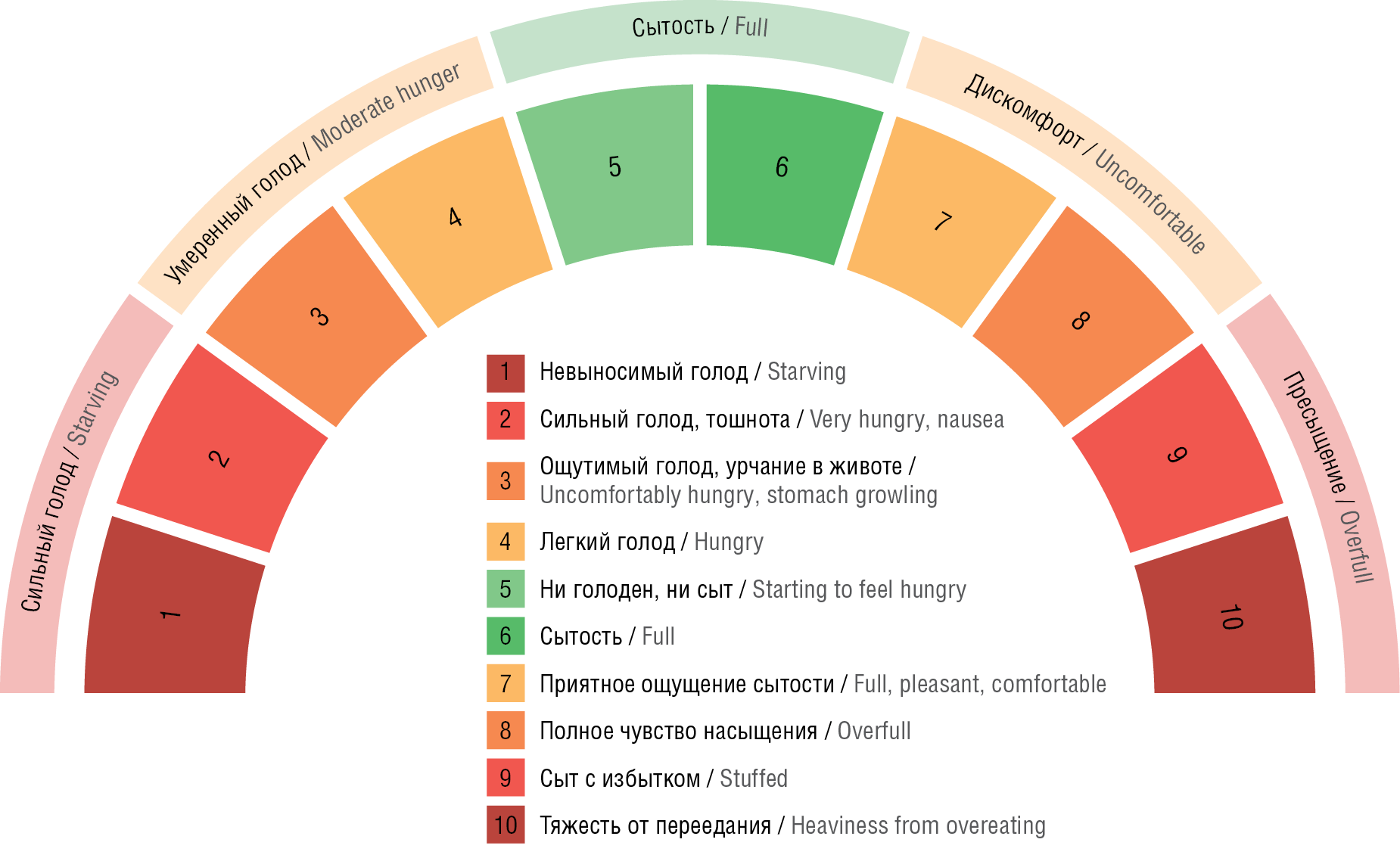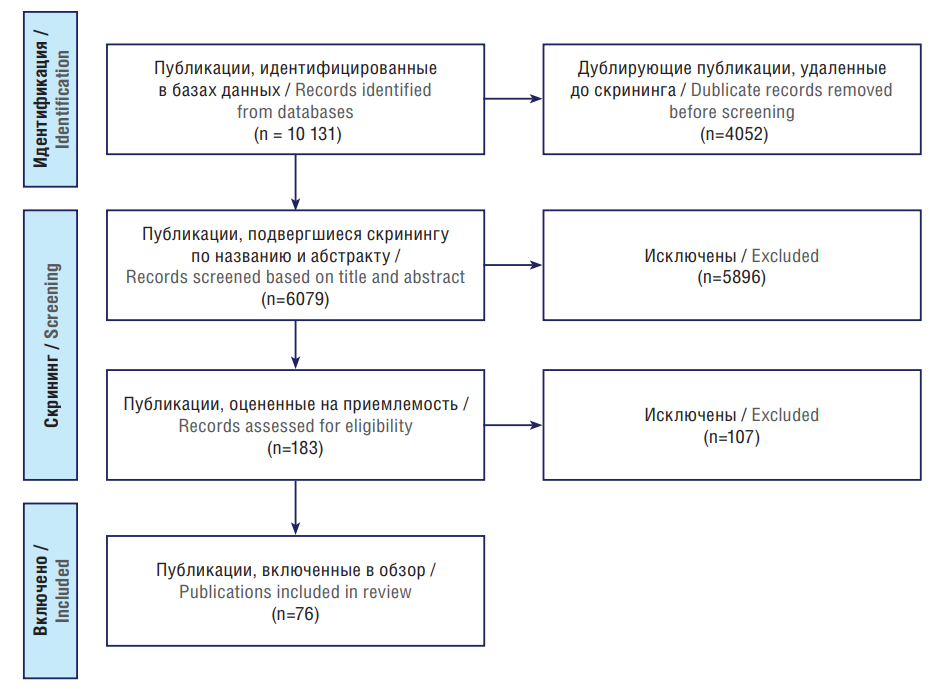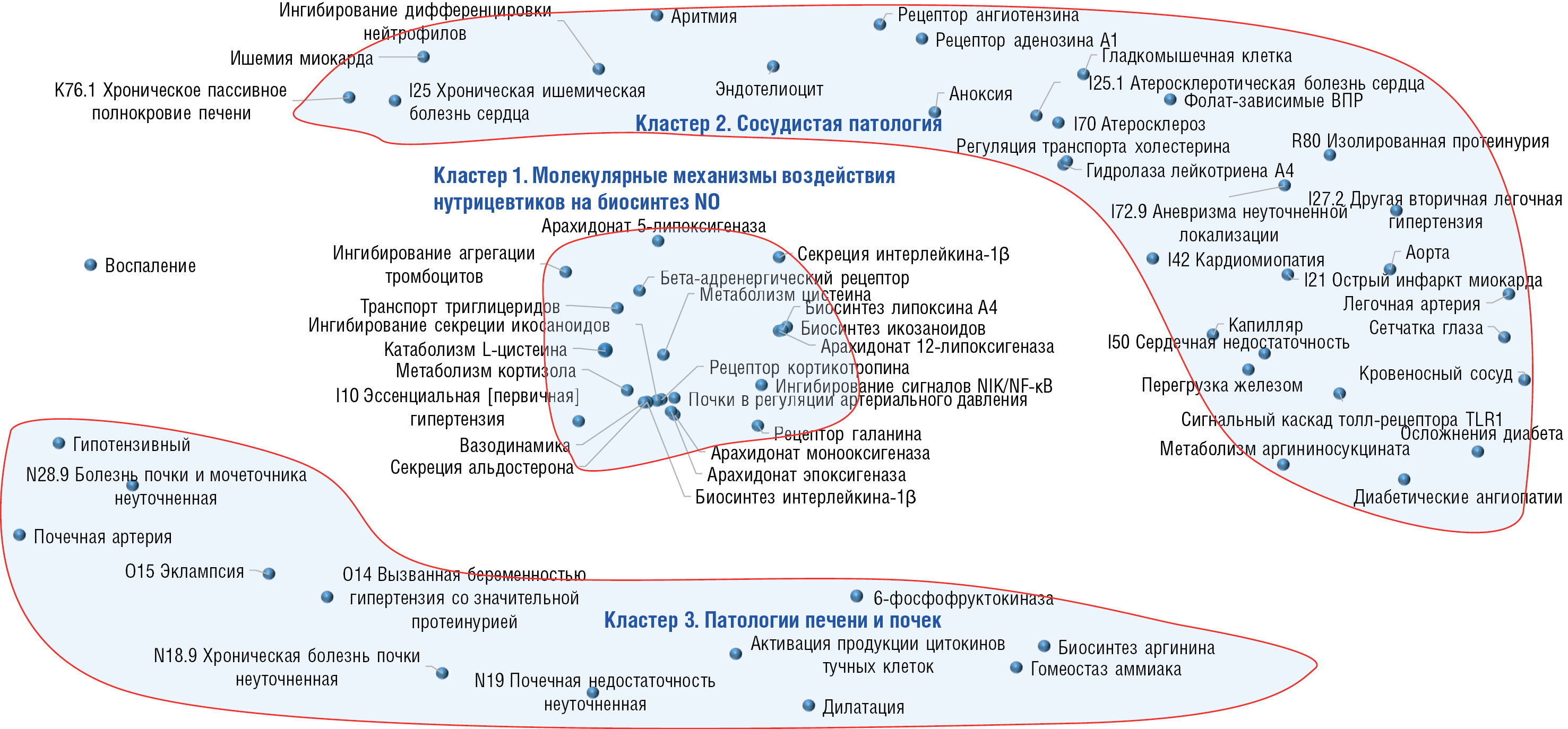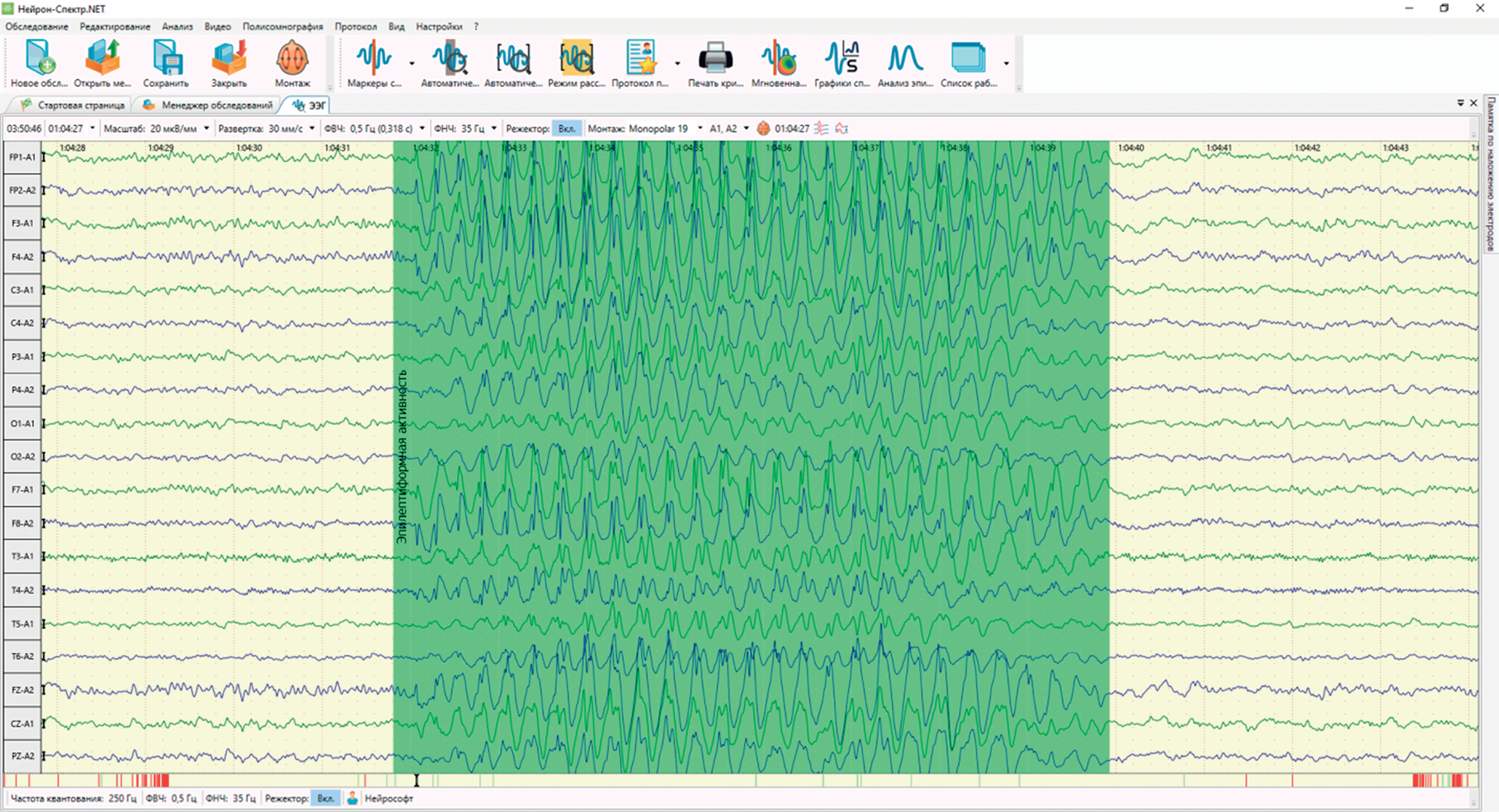ORIGINAL ARTICLES
Background. The emergence of the latest pharmacotherapeutic methods opened up new opportunities for delivery of healthy children born to women with epilepsy, whereas comprehensive pregravid preparation became the “gold standard” of treatment, reducing the risks of teratogenesis and the appearance of mental development disorders and adaptation in offspring.
Objective: to study an effect of a comprehensive pregravid preparation for women with epilepsy on mental development and adaptation in paired children.
Material and methods. A multicenter, retrospective, uncontrolled, open, observational study assessing mental development level in children born to women with epilepsy was conducted. The study involved 176 subjects: 88 children (aged 3–9 years) and paired mothers with epilepsy. Several methods we used: a medical questionnaire (biographical data, clinical data on the form, course and treatment of maternal epilepsy, course of pregnancy and childbirth, as well as information on pediatric early development), Luria neuropsychological batteries adapted by J.M. Glozman (for preschool and primary school children), Wechsler Intelligence Scale for Children (WISC) (for children aged 5 years and older), Child Behavior Checklist (CBCL) forms for parents (by T. Achenbach), and attention deficit hyperactivity disorder and other behavioral dysfunctions questionnaire modified by N.N. Zavadenko (for children aged 5 years and older).
Results. In children born to mothers who did not undergo pregravid preparation, the overall indicator of developmental and adaptation disorders was higher: anxiety, attention problems, motor awkwardness, hyperactivity and internalization problems were more pronounced. They also had a higher overall index of neuropsychological disorders – gnosis, phonemic hearing, understanding of reversed speech and speech logic, and logical operations were specifically affected. A comparison of age groups showed that by the age of 7–9 years old, children born to mothers who underwent pregravid preparation were better compensated. Seizures during pregnancy is a predictor for developing large number of pediatric mental development disorders in the future (somatic problems, disorders of socialization and attention, motor awkwardness, externalization problems), whereas conducting pregravid preparation significantly lowers the predictive power of such effect, which allows to consider it as a moderator. Pregravid preparation is also a moderator that lowers a negative impact of toxicosis on probability for deliver a child with externalization (aggression) and delayed neurodynamic development.
Conclusion. A comprehensive pregravid preparation exhibits a moderating effect: it lowers a negative impact of epileptic seizures and pregnancy complications (toxicosis) on further mental development and adaptation of children, as well as increases their compensatory capabilities. The study results have both scientific and significance for neurologists, obstetricians as well as gynecologists and clinical psychologists.
Background. Due to progress in the treatment of patients who have suffered a stroke, the prevalence of post-stroke epilepsy (PSE) has been increasing. The search for biomarkers that determine the prognosis of ischemic stroke (IS) complications and PSE development along with creating a diagnostic protocol subsequently is useful for advancing tactics of PSE therapy.
Objective: to investigate the blood serum levels of neuron-specific enolase (NSE) and vascular endothelial growth factor (VEGF) in PSE patients paralleled by assessing clinical and neuroimmunological correlations.
Material and methods. A total of 140 patients aged 28 to 84 years with the first IS was examined. Of these, 70 patients newly developed late epileptic seizures (main group), 70 patients had IS without epileptic seizures (comparison group). The control group consisted of 30 patients without IS or epilepsy. IS severity was assessed according to the National Institutes of Health Stroke Scale (NIHSS), the degree of disability – according to the modified Rankin Scale (mRS), the level of patient’s basic functional activity – according to the Barthel Index (BI). Prediction of post-IS onset of late seizures was performed according to the SeLECT scale (SEverity of stroke, Large artery atherosclerosis, Early seizure, Cortical involvement, Territory of the middle cerebral artery). To assess severity of epilepsy, the K. Lühdorf et al. classification was used. The levels of NSE neurotrophic factor and VEGF angiogenesis factor were measured in blood serum samples from all patients by using enzyme-linked immunosorbent assay (ELISA).
Results. A significantly increased NSE and VEGF levels were noted in main group (by 4.72- and 1.59-fold, respectively) and in comparison group (by 4.45- and 1.54-fold, respectively) compared to control group. In addition, NSE and VEGF levels in main group significantly exceeded those in comparison group (by 1.06- and 1.03-fold, respectively). Both biomarkers also tended to increase in patients with moderate and severe PSE. The level of NSE/VEGF correlation characterizing damage to the nervous tissue and angiogenesis as well as degree of severity, disability, rehabilitation potential, patients’ everyday life activity, NSE and VEGF prognostic significance in development and severity level of epilepsy in IS patients with epileptic seizures was determined.
Conclusion. NSE and VEGF hyperexpression is important in predicting development or progression (worsening) of epilepsy after IS.
CLINICAL CASES
A differential diagnosis of epileptic and non-epileptic paroxysms is particularly difficult to conduct during a neurologist consultation. Narcolepsy is a chronic disease that causes excessive daytime sleepiness. Some narcolepsy symptoms, especially cataplexy, can be mistakenly interpreted as epileptic seizures. The clinical case demonstrates an importance for interdisciplinary approach to differential diagnosis of epileptic seizures. Clinical markers of typical and atypical cataplexy manifestations are presented.
Excessive muscle activity during generalized convulsive seizures in epilepsy patients in some cases can cause significant changes in blood plasma biochemical parameters, increased level of a set of metabolites, particularly, serum creatine kinase, accompanied by azotemia, which leads to prominent diagnostic and therapeutic difficulties. It is necessary to monitor the creatine kinase concentration after seizures, especially in case of electrolyte disturbances. To correct elevated creatine kinase or myoglobin levels, infusion therapy, urine alkalinization along with diuretics administration should be performed.
Background. DEPDC5 (disheveled, Egl-10 and pleckstrin domain-containing protein 5) familial epilepsy syndrome is a group of epilepsy disorders caused by mutations in DEPDC5 gene, which is a part of the gap activity towards rag 1 (GATOR1) complex involved in regulating the mechanism target of rapamycin (mTOR) pathway. These mutations lead to hyperactivation of the mTOR pathway, disrupting the shaping of neurons and resulting in increased excitatory transmission and the development of epilepsy. The incidence and prevalence of DEPDC5 familial epilepsy syndrome are not well established, but studies suggest it may account for up to 10% of familial focal epilepsy cases. Genetic testing, electroencephalography (EEG), and brain magnetic resonance imaging (MRI) are important in diagnosing the disorder, although normal MRI results are common.
Objective: to explain the rare sporadic mutation in DEPDC5 gene with p.R389H, a variant of unknown significance.
Case report. A 6-year-old South-Asian girl was born at 34-weeks from non-consanguineous marriage without any prenatal events. She had hyperbilirubinemia by week-1, which was successfully treated with phototherapy. Her initial seizure occurred when she was three months old, just 2 days after the fever from the vaccination had subsided. It was considered a simple-febrile seizure and no treatment was given. At 3.5-months, she started having recurrent seizures. Workup including MRI/ infectious/metabolic panel was non-conclusive. EEG during the initial presentation showed epileptiform activity from the left temporal region. Despite being on multiple anti-epileptic drugs, the child was diagnosed with refractory epilepsy. Subsequently, EEG at 2.5-years showed inter-ictal bi-hemispheric epileptiform activity. EEG at 5-years showed inter-ictal spikes and wave discharges from bilateral fronto-temporal region with secondary generalization. By 3-years, MRI showed mildly deformed corpus callosum with inadequate thickening of splenium. DNA analysis confirmed heterozygous missense mutation in exon 16 of DEPDC5 gene, without chromosomal abnormalities. Mother was heterozygous for the same mutation but no mutations in the father was found. The child has grossly delayed milestones. Corrected age is approximately 1-year for fine motor and language, 1.5-years for gross motor, 2.5-years for cognition, social skills. She had developed autistic features as well with significant impaired auditory/visual processing. She had hypotonia (Right>Left), wide-based gait, and extrapyramidal movements.
Conclusion. DEPDC5 gene mutation results in amino acid substitution of Histidine for Arginine at codon 389. This mutation has shown to be inherited in familial pattern. This R389H variant is not present in the 1000 genomes database and is predicted to be benign. However, It rather appears to be a sporadic mutation, which is a very rarely observed phenomena. Such patients may respond well to mTOR inhibitors such as rapamycin, making prompt diagnosis and treatment crucial.
SCIENTIFIC SURVEYS
Background. Eating behaviour disorder (EBD) induced by valproic acid (VPA) is one of the components of the pathogenesis of a serious complication of therapy with VPA and its salts such as VPA-induced metabolic syndrome (MetS). About 20% of patients receiving VPA have weight gain, which is also a consequence of altered eating behaviour in such patients. Substances such as neuropeptide Y (NPY), leptin, orexin and ghrelin are involved in the regulation of eating behaviour. NPY has received special attention in recent years because it is one of the most potent brain orexigenic peptides and its expression level directly affects the quantity and quality of food intake. NPY overexpression is associated with EBD, food preferences, obesity, and MetS.
Objective: to review preclinical and clinical studies of NPY role as a potential sensitive and specific serum biomarker of VPA-EBD, secondary weight gain and VPA-MetS development in children and adults with epilepsy.
Material and methods. We analyzed Russian and foreign publications submitted to eLibrary, PubMed/MEDLINE, Scopus, and Google Scholar databases between 2014 and 2024. The full-text articles in Russian and English (original studies, systematic reviews, meta-analyses, Cochrane reviews, and clinical cases) were analyzed. After the selection procedure, 53 out of 1105 publications retrieved by query keywords were included in the analysis.
Results. VPA-EDB refers to multifactorial diseases, requiring to take into account the additive contribution of external (food education, eating habits of the patient and family members) and internal (key hormones and neuropeptides regulating appetite and food preferences, the dose and duration of VPA intake, the metabolic rate of VPA) factors while assessing a risk of its development. NPY-associated VPA-EDB affects dietary preferences in favor of high-calorie food and beverages, increases the frequency of meals, the risks of insulin resistance, hyperglycemia as one of the major domains in MetS pathogenesis.
Conclusion. VPA-EBD requires timely diagnosis, as it can cause VPA-MetS. NPY is an important biomarker of VPA-EBD, because recent studies have convincingly demonstrated that this neuropeptide is involved in the regulation of eating behavior in patients with epilepsy.
Background. Multiple complicated interactions exist between sleep and epilepsy – sleep activating effect on emerging epileptic seizures, altered sleep pattern due to epileptic activity, antiepileptic drugs impact on sleep pattern in epilepsy patients, as well as comorbidity of sleep disorders and epilepsy.
Objective: exploring a literature-based relationship between sleep and epileptic activity, as well as approaches to the diagnosis and treatment of sleep disorders in epilepsy.
Material and methods. Current literature review examined the data of presented analysis assessing a relationship between epilepsy and sleep. Publications were searched in the electronic databases PubMed/MEDLINE and eLibrary using key words and phrases: “epilepsy”, “sleep”, “antiepileptic drugs”, “sleep disorders”, “insomnia”, “obstructive sleep apnea syndrome”, “restless legs syndrome”, “depression”, “anxiety”, “non-psychotic mental disorders” in Russian and English.
Results. A literature review revealed complex relationships between epilepsy and sleep disorders. Epileptic activity, especially at night, can fragment sleep, reducing its restorative potential and provoking higher seizure incidence and severity. It was also shown that different antiepileptic drugs (AEDs) have ambiguous effects on sleep patterns: sedative AEDs may improve sleep, but may cause excessive daytime sleepiness if dosage and timing of administration are inappropriate. Challenges in differential diagnosis of sleep disorders in epilepsy treatment were highlighted, requiring a multidisciplinary approach due to the difficulty in distinguishing between symptoms caused by both epileptic activity and AEDs side effects as well as associated psychiatric disorders. To address these issues, an algorithm for diagnosis and correction of sleep disorders in epilepsy patients was proposed, aimed at optimizing therapy and improving the quality of life in this patient cohort.
Conclusion. Sleep disorders in patients with epilepsy can lead to the formation of a “vicious circle” and worsen the course of both diseases, therefore, it is necessary to ensure their timely diagnosis and correction.
Currently, the problem of effective therapy for drug-resistant epilepsy remains vastly relevant. The severity of drug-resistant epilepsy, remarkable negative social sequelae and sudden death in epilepsy pose a heavy burden on healthcare system. Although many innovative antiepileptic drugs have been developed in recent decades, surgical approach remains the only effective way to treat drug-resistant epilepsy which is coupled to significant health risks and does not guarantee freedom from seizures. The stumbling block in managing this pathology is the lack of knowledge on pathogenetic mechanisms, leaving a significant proportion of patients without quality medical care. There are different viewpoints on developing drug resistance in epilepsy, which are characterized by multilayered and overlapping molecular disease bases. The review presents the analysis of the existing hypotheses regarding the mechanisms underlying drug resistance development in epilepsy.
Maintaining adequate levels of nitric oxide (NO) in the blood and other body tissues is necessary for the regulation of vascular tone, blood pressure, maintenance of oxygen metabolism and endothelial function. NO is also involved in regulating the balance of excitatory (glutamate) and inhibitory (gamma-aminobutyric acid) neurotransmission. Nutritional factors profoundly affect NO metabolism. Systematic computer analysis of 26,103 publications by methods of topological approach to recognition allowed to identify the most crucial fields of clinical research assessing relationships between NO metabolism and nutrients: arginine-derived NO synthase-driven NO production, nitrate-containing products, folates and vitamin B12 in NO homeostasis (including the effects of modifications of the vitamin B12 molecule), other B vitamins (B1, B2, B7), antioxidant vitamins (C and E), hormone-like vitamins D3 and A, electrolytes magnesium and calcium, participation of the microbiome in NO production.
EEG РRACTICAL AND TECHNICAL ASPECTS
Electroencephalography (EEG) is mainly used for epilepsy diagnostics in modern clinical practice. Epileptiform activity index (EAI) is recognized as one of the essential quantitative parameters for assessing the presence of epileptiform activity by using EEG. However, depending on EAI calculation method, the result may vary dramatically. In this regard, the term “epileptiform activity index” per se is not defined very clearly and remains unambiguous. Different manufacturers of EEG equipment like different medical specialists may put different meanings into this concept and understand it differently. The article discusses possible EAI calculation methods for EEG and clarifies the understanding of this term.
FROM HISTORY
“Phantom” is the sensation of missing body part. Phantom can occur after amputation of virtually any part of the body, but more often after amputation of the upper or lower limbs defined as a “phantom limb”. Such sensations can reach the severity of excruciating pain – phantom pain, significantly reducing the quality of patients’ life. Reports on phantoms, phantom limbs and phantom pain have been recorded since the early 16th century, but the exact underlying pathogenesis has not yet been determined, and many theories for their development have been proposed. The review discusses timeline of describing phantoms, phantom limbs and phantom pain in the scientific literature.
ANNIVERSARY

This work is licensed under a Creative Commons Attribution-NonCommercial-ShareAlike 4.0 International License.
ISSN 2311-4088 (Online)



